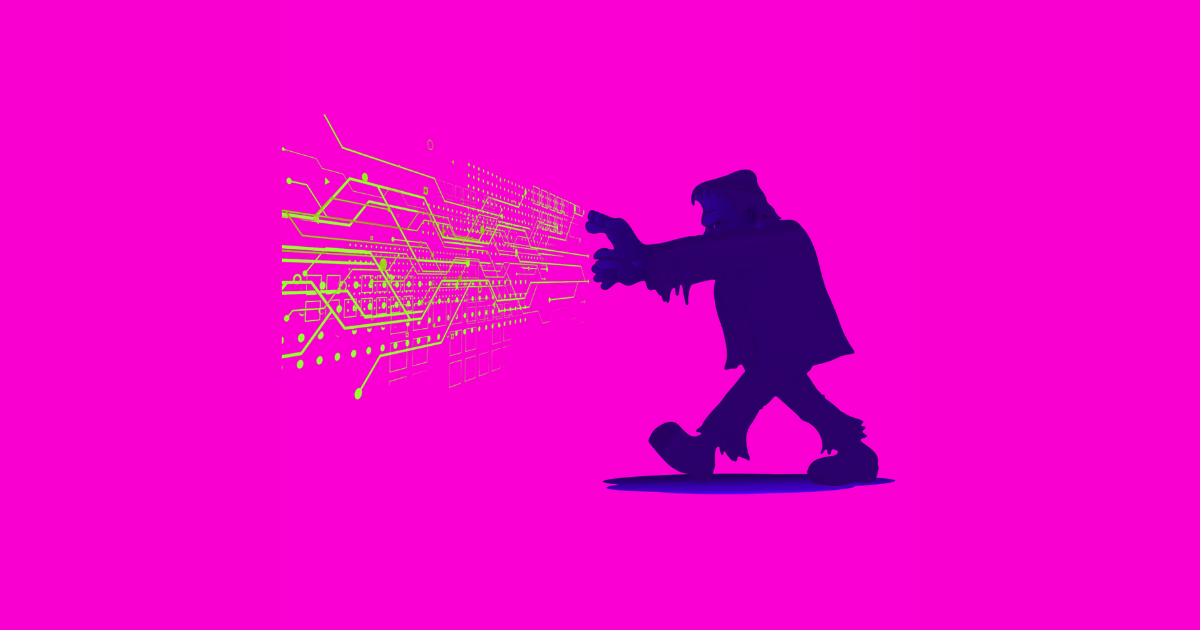Goodbye eDiscovery Frankenstack, Hello Reveal 11
As we head into the spookiest month of the year, what better time to discuss the scariest eDiscovery monster the FRANKENSTACK! The messy, awkwardly stitched together, mismatched technology lurking at even the most respected eDiscovery program. This monster poses a big time risk for organizations large or small in terms of cost, time and data security from the moment digital evidence is collected throughout the review process.
The evolution of eDiscovery technology stacks has more in common with Frankensteins monster than most of us might like to admit. Over the years we have triaged, filled gaps, and built work arounds to offset the limitations in eDiscovery technology. This is of little surprise because in the wild west of eDiscovery we were literally building the plane as we flew.
But the market has matured, solutions become more sophisticated and eDiscovery practitioners have become savvier over the decade. The days of settling for a Frankenstack of software, hardware and middleware to bridge gaps should become a distant memory. And We are here to help make that a reality.

The Rise of eDiscovery Frankenstacks?
The term Frankenstack refers to the tendency, over time, for organizations to stack technologies on top of technologies without a clear plan or proactive strategy. It is a mishmash of ill-fitting tools and parts, stitched together over time and often about as terrifying Frankenstein’s actual monster.
The Frankenstack exists in law firms, in-house legal departments, and service providers alike because there was no one-stop shop that fulfilled all the needs across the EDRM. Prior to 2006, there was rarely an E associated with discovery, and document review meant bankers boxes overflowing with paper cut-inducing files. Not the data set tsunami facing practitioners today.
With the expansion of discovery to include electronically stored information (ESI), Electronic Discovery (eDiscovery) came alive... and legal professionals found themselves scratching their heads and saying, "now what?"
Banker’s boxes and microfiche were replaced with binary code and an unprecedented volume, variety, and velocity of data. Legacy tech was ill-suited to match the sheer mountain of data facing legal practitioners.
To catch up, everyone from the Global Law firms and fortune 500 corporations to mom-and-pop shops had to Tetris together solutions that met this new eDiscovery challenge.
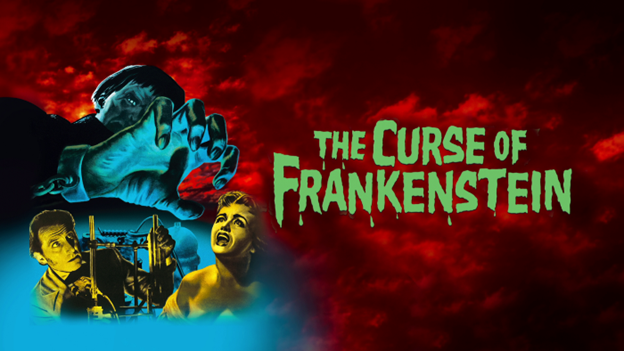
How Dangerous is This eDiscovery Monster?
At the end of the day, the Frankenstack may do most of the things you need it to do, but it’s never going to look pretty or function smoothly. The mishmash of stitched together, legacy, and not fit for purpose technology creates massive inefficiency over time. This cost of additional rework is caused by choosing an easy solution now instead of using a better approach that would take longer what is known as “technical debt.”
This jumble of bolt-on, non-standardized solutions across all industries has a massive impact. Recently in a McKinsey & Co. survey, CIOs reported that 10 to 20 percent of the technology budget dedicated to new products is diverted to resolving issues related to tech debt.
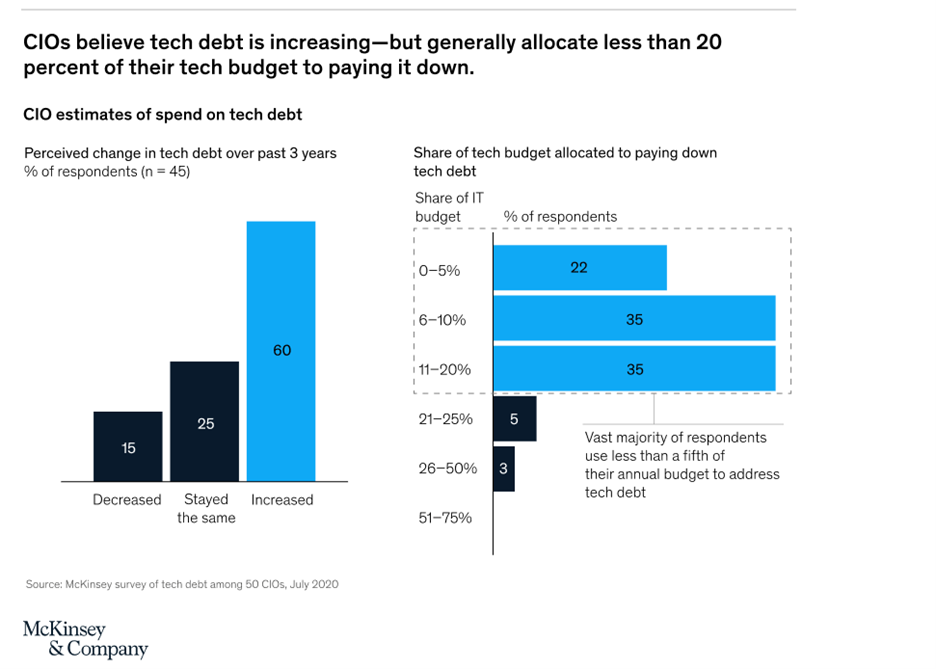
What the Heck is Tech Debt?
Much like financial debt, Tech Debt is comprised of two parts: Principal and Interest.
- Principal - Cost of modernizing the dated or not fit-for-purpose tech for the current needs of an organization. This includes the development of middleware to bridge tech gaps, deferred maintenance, modifications to comply with data standards, and the need to engage third parties to support the software beyond the capability of the original software provider.
- Interest - Think of this as a complex task, where you require complex workarounds or bespoke workflows to make tech not developed for a specific use case. These integrations and customizations add up big time. From importing and exporting from multiple tools, harmonizing nonstandard data, workarounds to meet evolving business needs, and more. All creating friction that in aggregate slows everything down.
Principal plus interest in the arena of Tech debt translates into more time and money to understand what is going on in your data. Years of “fixes”, “upgrades” and “manual workarounds” add up in a big way. And in legal time is the single most valuable resource for any practitioner.
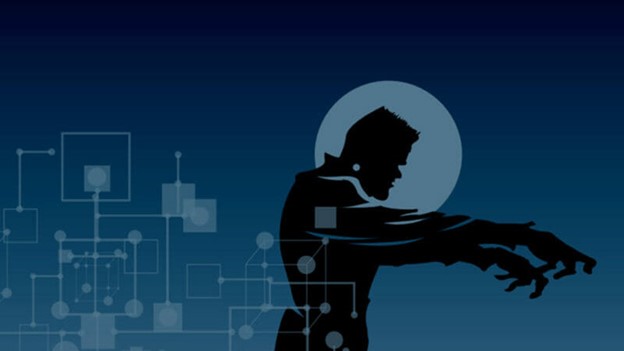
Risk With a Capital “R”
When it comes to Franksenstack, the danger in building a patchwork monster of mismatched technologies extends beyond inefficiency into outright risk. Data Sprawl across disparate platforms, risk of breach and the opportunity for human error are just a few of the massive risks of using legacy tech. This poorly Tetris-ed together solution quickly grows into a monster of Frankstack proportions.
- Data Sprawl - Data Sprawl arises when organizations collect, process, and store vast amounts of data across multiple platforms and vendors. Having a different organization or service provider collecting, processing applying analytics, visualizing and more a data set makes understanding the location and preservation obligation of data in a case.
- Data on the move- Data on the move either via shipment or migration between platforms is at its most vulnerable to corruption, spoliation, and outright exfiltration. Having multiple tools and providers that data must be migrated between throughout the lifecycle of a matter amplifies this risk.
- Human Error - Maintaining the compatibility of multiple platforms and pushing and pulling data between disparate tools often relies on a human team. Where there is human involvement there is room for human error.
Is There a Better Way? (Hint, Hint, YES!)
Absolutely... and it is called Reveal 11!
A bold statement, I know. But this integration of the most powerful AI in eDiscovery with the unquestioned leader in data visualization in a single ...dare I say Sexy platform is a GAME changer. More than just bringing together best of bread tech into a single seamlessly interoperable platform, Reveal 11 is the legal professional’s force multiplier.
At Reveal, we decided it was time to say goodbye to this Frankenstack monster and hello to the industry's first integrated and seamless end-to-end eDiscovery software solution. Since Reveal's acquisition of NexLP and Brainspace, many have wondered (or even doubted) if the three powerhouse technologies could become a single unified solution. Well, wonder no more. Reveal 11 is here, and better than I had hoped for.

How does Reveal 11 slay the Frankenstack?
Reveal 11 is the marriage of the power of NexLP AI models, seamlessly woven with the unrivaled data visualization of Brainspace wrapped in the industry-revolutionizing Reveal 11 Review platform. All the visual power and AI functionality at your fingertips in a single pane of glass.
Practitioners no longer must push data from a processing tool to an analytic platform and ultimately into a review platform, (all at additional cost and time). With Reveal 11 they can seamlessly weave between ECA, Review and Artificial Intelligence-powered models and data visualizations with a single click.
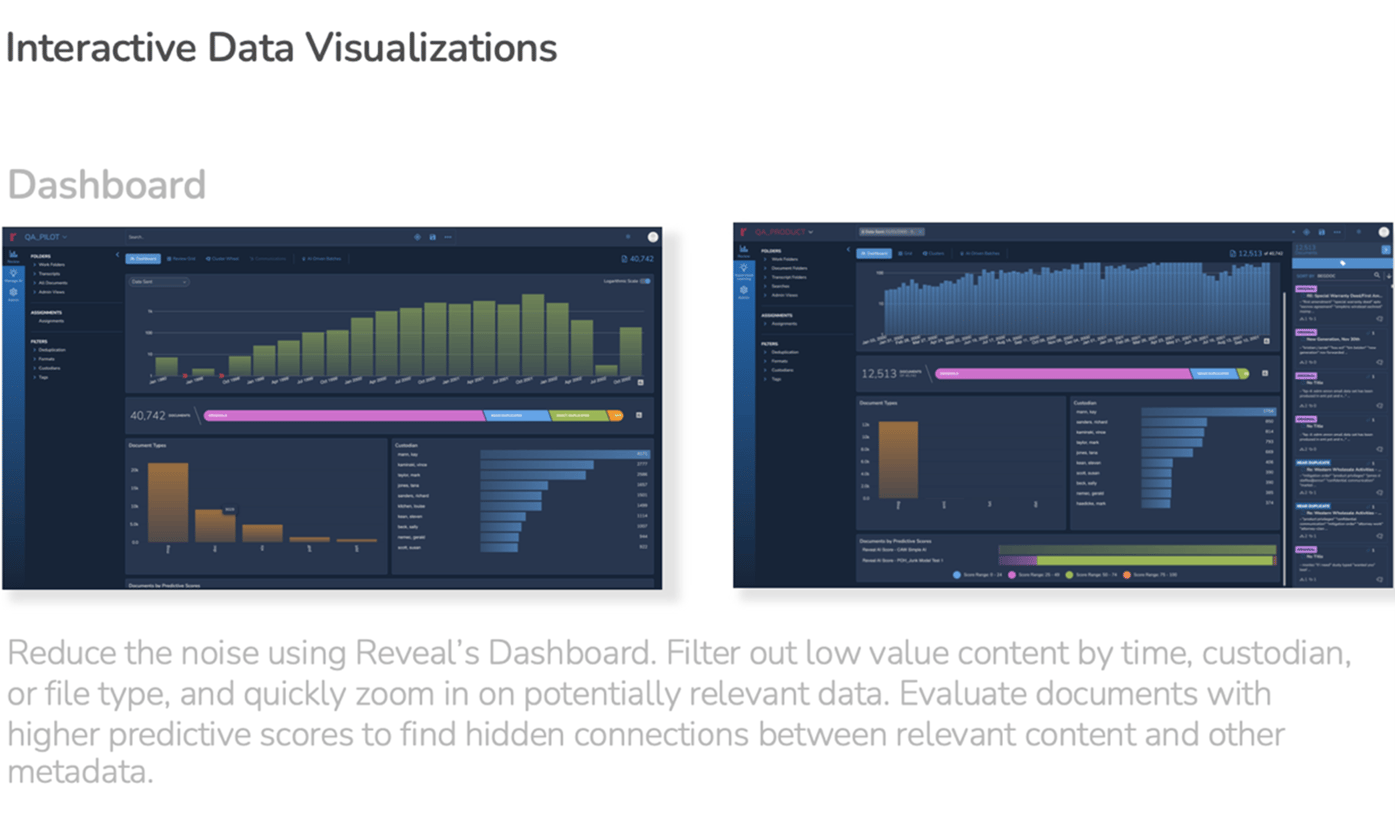
Rather than relying on three or four disparate tools, practitioners have access to all the powerful insights in a single location with Reveal 11. They can now quickly triangulate and whittle down their review in real-time using a myriad of AI powered analytics all within a single platform in seamless concert.
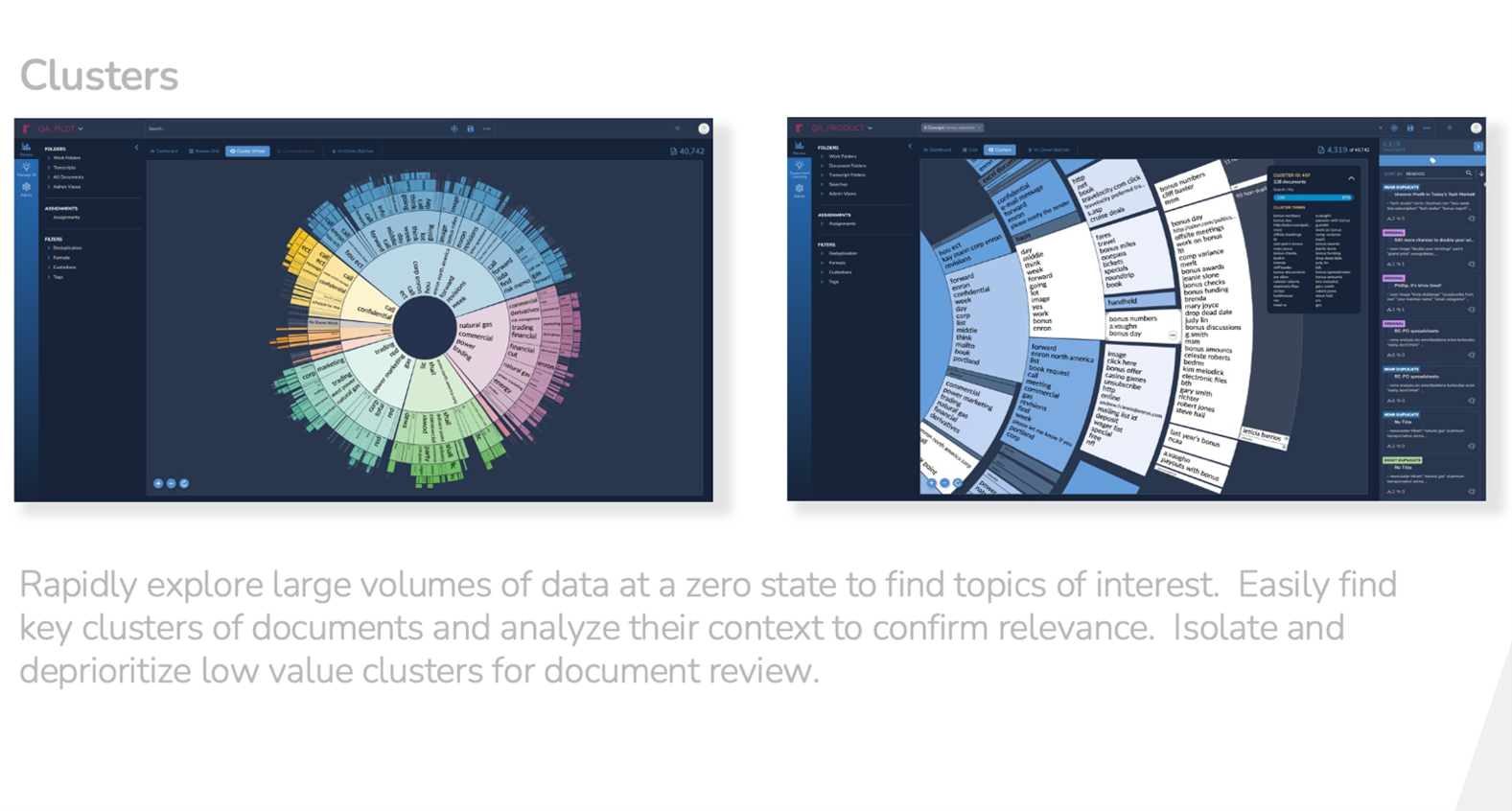
You can layer in the powerful insights of the cluster wheel with simple-to-implement AI models and layer in these insights to the review as you go with a single click. No lag time, no data transfer, all the power immediately.
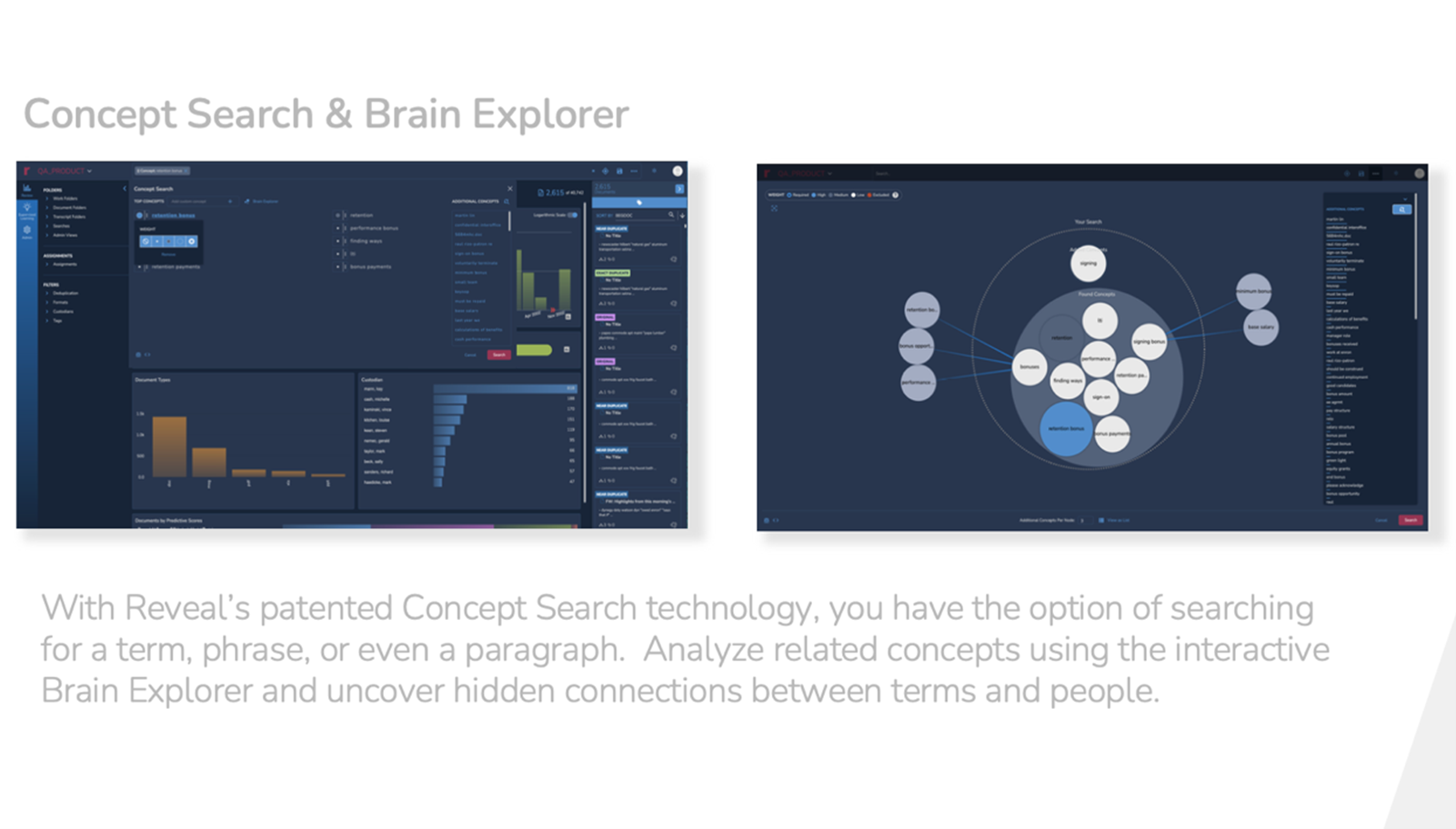
You can read more about some of these cool force multipliers here:
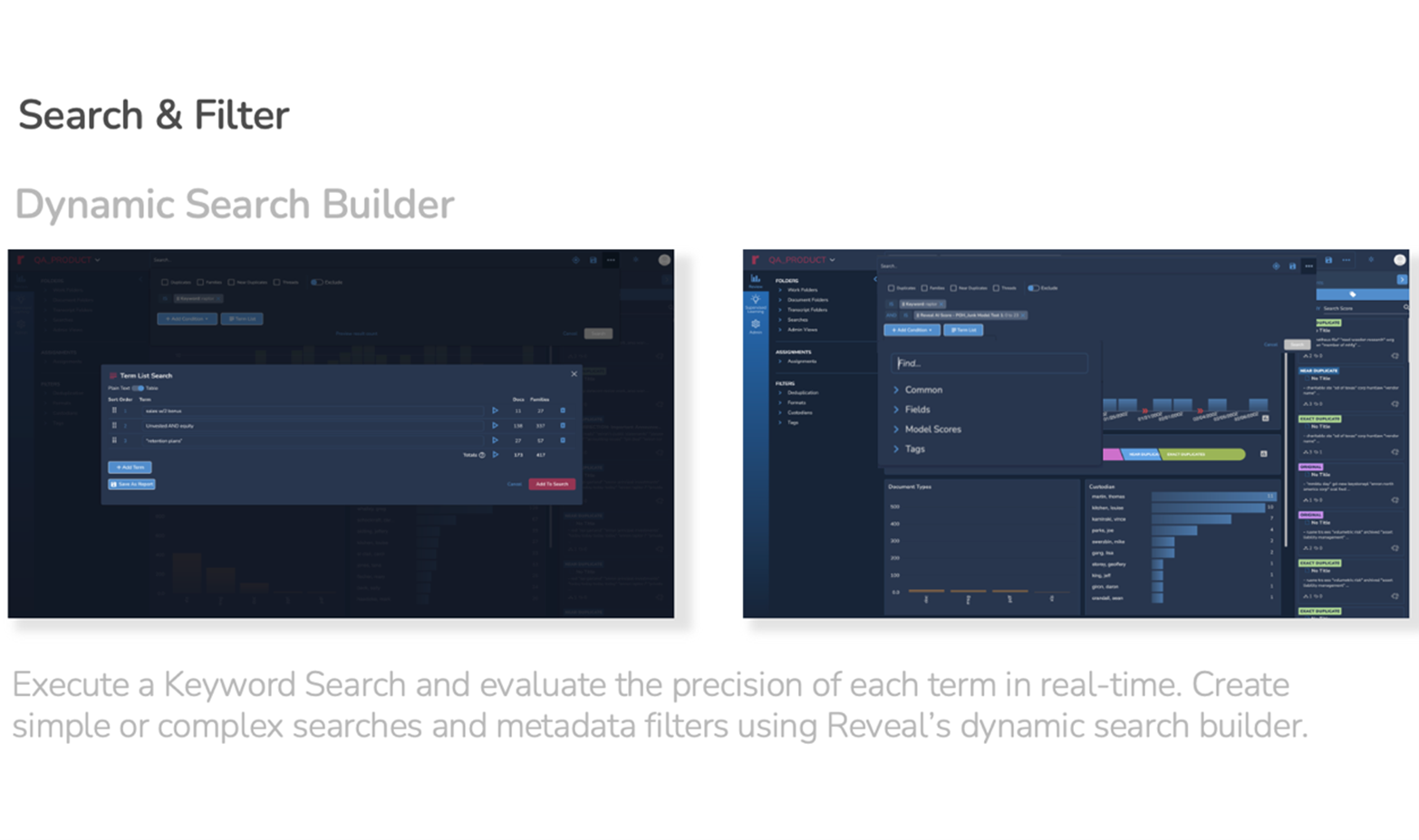
How Do You Bid Farewell to Frankenstack?
The time and cost savings alone provided by shrinking your Tech Debt makes making the shift to a better solution a bit of a no brainer (Frankenstein pun intended). Start by learning about the better solutions that are out there, request a Demo or ping me a note if you want to learn more about the next evolution in eDiscovery.

